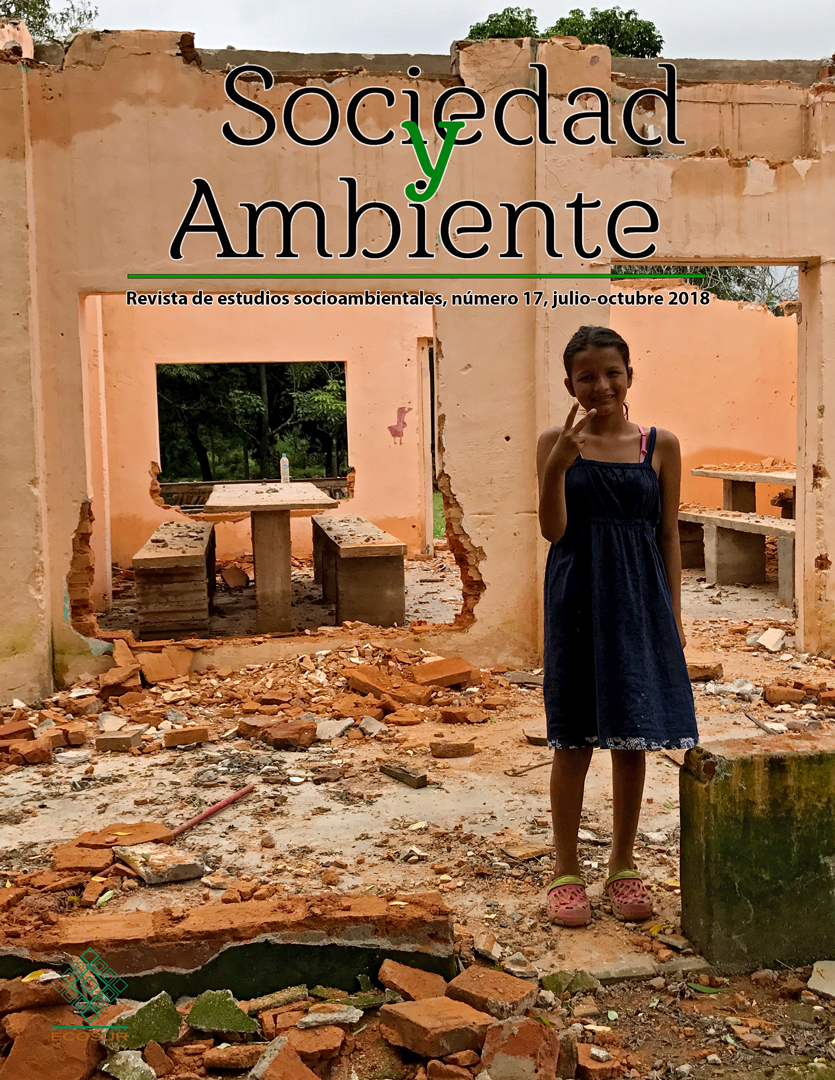Abstract
This article presents the taxonomic determination of native plants used in wicker production (plant fiber) and local knowledge (use/management) of the resource in five communities in the Tacaná volcano, Soconusco, Chiapas region. The taxonomic determination of the plants was conducted with the photographic review of Dr. Thomas B. Croat, a specialist in Araceae taxonomy . Semi-structured, in depth interviews were conducted in the study communities, and data were analyzed quantitatively and qualitatively. The useful plants identified were Monstera acuminata K. Koch and Monstera deliciosa Liebm. A total of 22.41% of the respondents had up-to-dateknowledge of wicker, describing the fiber as a native resource with cultural value. Although the plants do not receive agronomic management in the communities of study, there is a potential to establish diversified management with local coffee plantations. Monstera deliciosa is the most successful species for re-use and conservation in three communities, and proved to be the best known species among respondents. The article concludes that wicker is a potential natural resource for the economic development of Mam communities.

Sociedad y Ambiente by ECOSUR is licensed under a Creative Commons Reconocimiento-NoComercial-SinObraDerivada 2.5 México License


